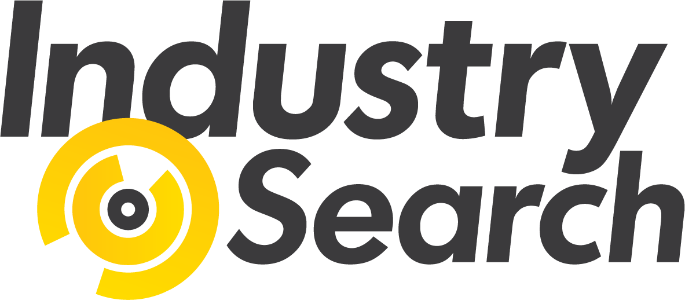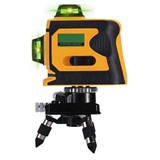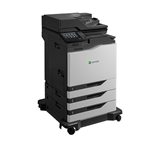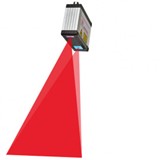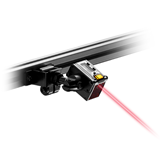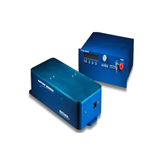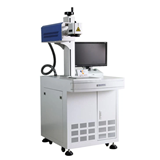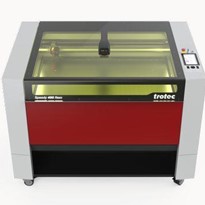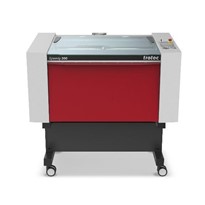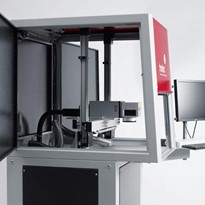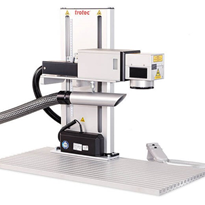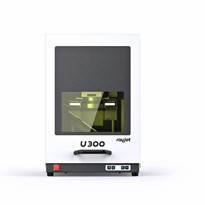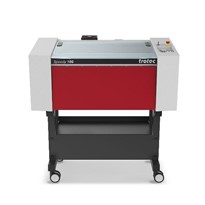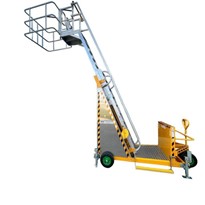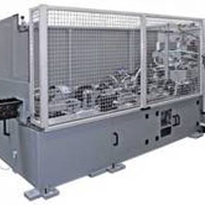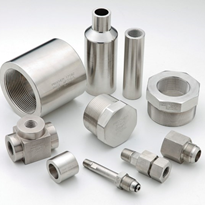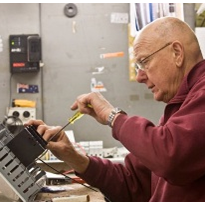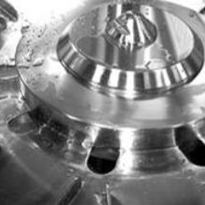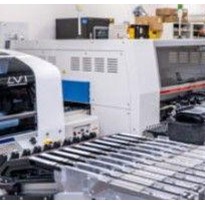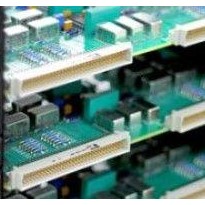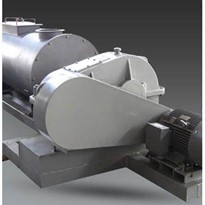In today’s evolving manufacturing landscape, traceability is no longer a nice-to-have—it’s a core requirement. Whether you're maintaining regulatory compliance, protecting your brand, or streamlining operations, having full visibility of every part and component is essential.
Laser marking technology offers a high-performance, reliable, and sustainable solution for part identification. By integrating it into your production process, you gain long-term tracking capability, efficient recall management, and full transparency across your supply chain.
What Makes Traceability Critical in Manufacturing?
Traceability systems allow manufacturers to identify and follow each component’s journey—from production and assembly to the end user. This supports:
-
Regulatory compliance with standards like ISO 9001 and ISO 14001
-
Quality assurance enabling targeted recalls instead of large-scale replacements
-
Reduced liability, by proving adherence to safety and manufacturing protocols
In addition, clearly labelled parts help technicians and operators quickly identify and replace worn or defective items, reducing equipment downtime. With environmental legislation such as the EU’s Supply Chain Act, having traceable components also helps meet new sustainability reporting obligations.
Why Laser Marking is Ideal for Part Identification
Unlike conventional marking methods, laser technology offers significant advantages:
-
Permanence – Markings resist heat, wear, chemicals, UV exposure, and aging
-
Non-contact marking – No physical impact on the material surface
-
High-resolution – Perfect for fine detail, micro text, and compact codes
-
Speed & automation – Easily integrated into digital workflows, with data pulled directly from systems for real-time marking
Laser marking is ideal for use on metals, plastics, ceramics, and coated materials, making it incredibly versatile for various production environments.
Digitally-Driven Traceability with Laser Codes
With laser marking, manufacturers can encode QR codes, barcodes, and Data Matrix codes directly onto components. These scannable codes store detailed product data in a small footprint, enabling digital traceability across the entire product life cycle.
Micro Marking for Small and Complex Parts
Laser systems excel at marking even the smallest parts. From tiny electronic components to medical devices, lasers can produce ultra-precise engravings on intricate surfaces or delicate items. This level of detail plays a key role in anti-counterfeiting and product authentication, with microcodes or nanotext providing unique identifiers that are nearly impossible to replicate.
Best Laser Marking Techniques for Volume Production
In high-throughput environments, the right laser technique makes all the difference. Common methods include:
-
Annealing – A non-invasive process ideal for metals, which changes the material’s colour without removing layers
-
Deep engraving – Offers depth and permanence, suitable for parts exposed to extreme wear
These methods are software-controlled, enabling dynamic updates to serial numbers and batch data without changing tooling or templates—ideal for flexible, automated production lines.
Selecting the Right Laser System for Your Needs
Different applications call for different marking systems. Trotec offers solutions tailored to both batch and continuous production:
-
Speedy Series (flatbed lasers) – Best for engraving larger surfaces or detailed graphics on a wide range of materials. Ideal for prototypes, individual items, or small production runs.
-
SpeedMarker and U Series (galvo lasers) – Equipped with fast-moving mirrors for high-speed, pinpoint marking. Perfect for high-volume marking of smaller metal parts with maximum throughput.
